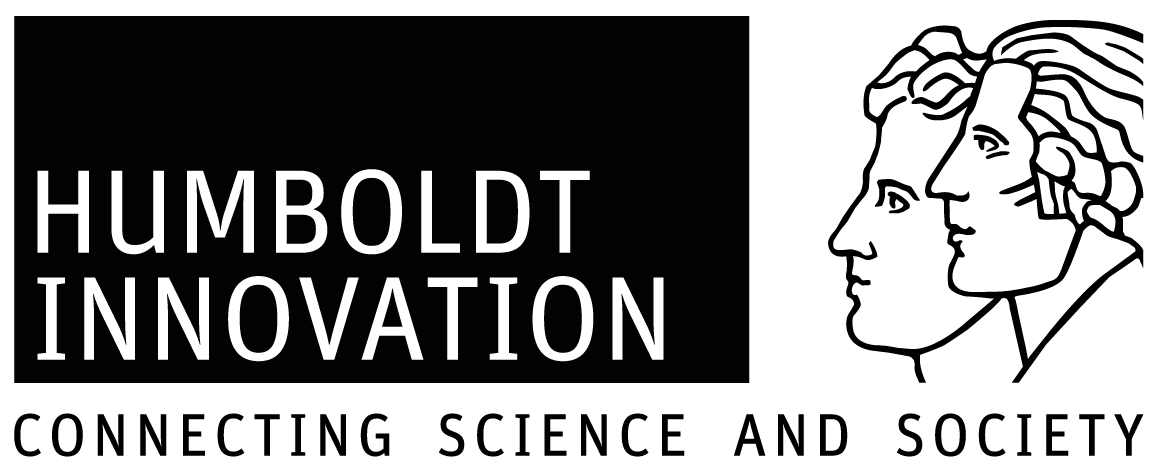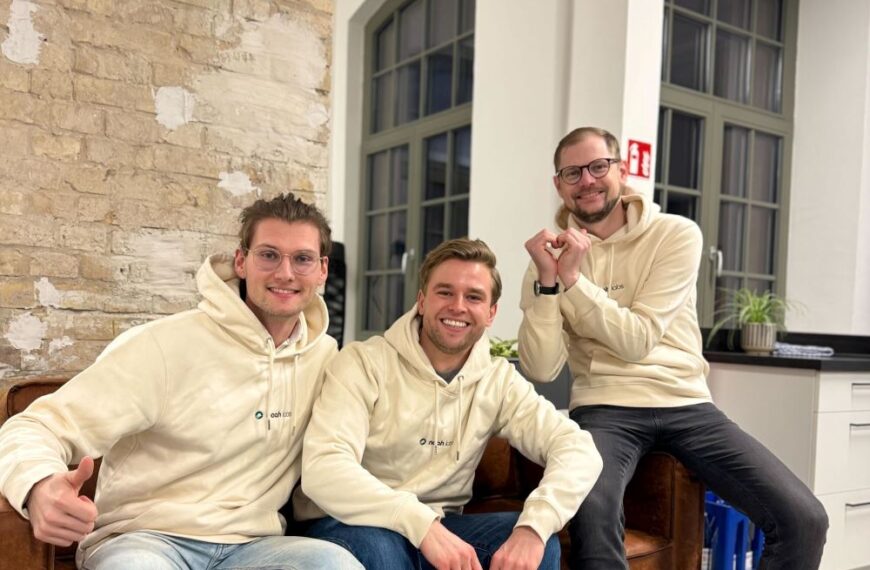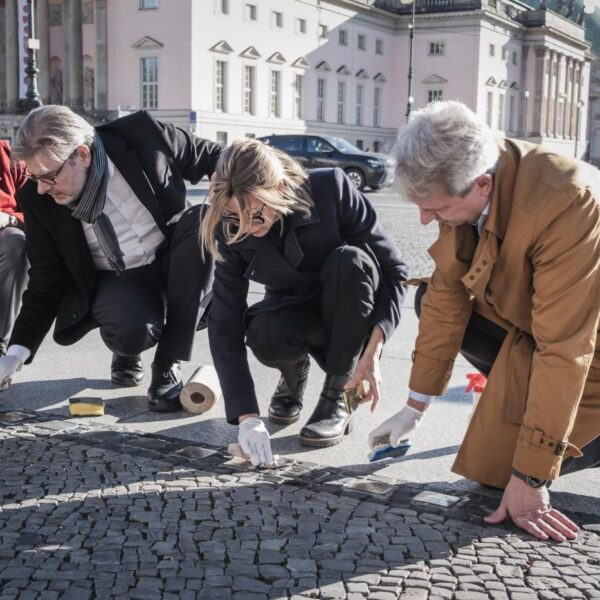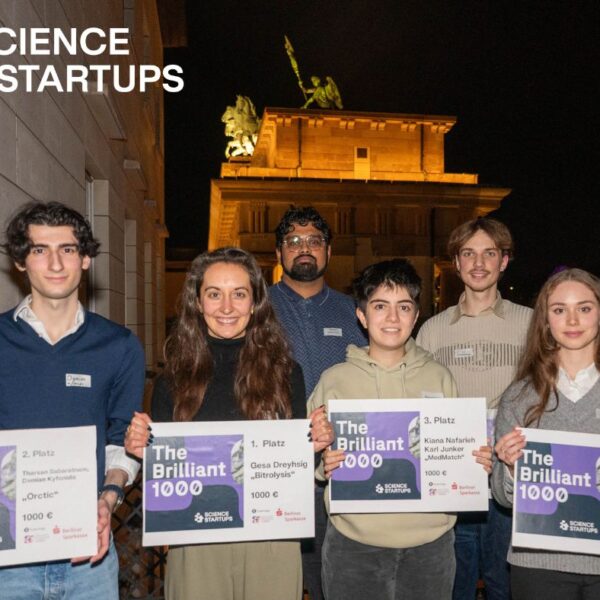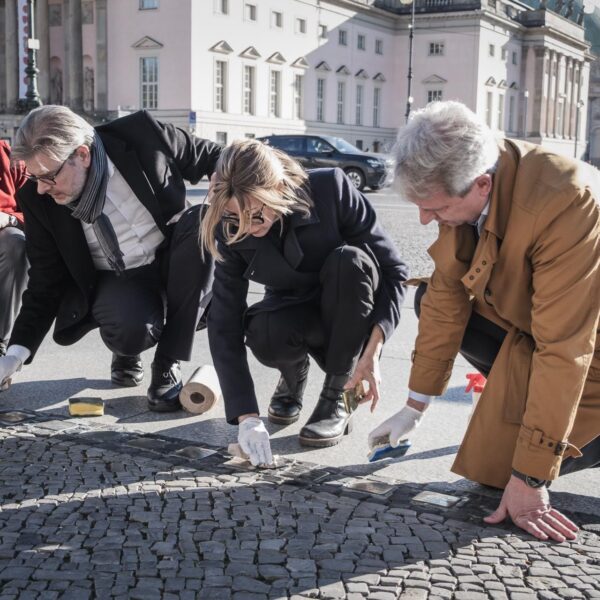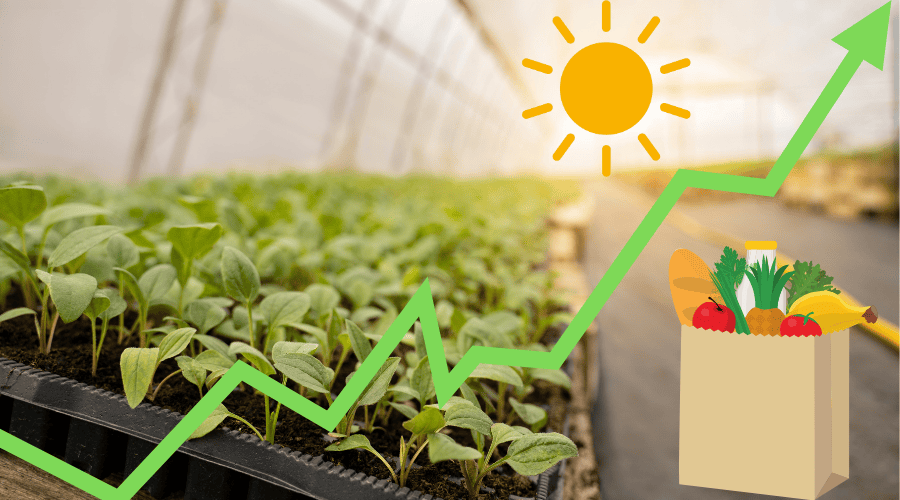
Spectral redistribution of sunlight to increase crop yields using thin protein films
The challenges are clear: Global food demand will rise by 56% by 2050; extreme weather events are causing increasing uncertainty in food supply. The solutions are tangible: Greenhouse cultivation can boost food production by 20%, with much more potential still untapped.
Building a resilient and sustainable greenhouse industry starts with lighting. In greenhouse cultivation, artificial LED lighting is used to promote plant growth. The energy costs can be staggering. Artificial lighting relies on limited fossil energy sources, leading to excessive emissions and fluctuating cost structures for growers. Crucial for global food security: If we want to harness the benefits of greenhouse cultivation and expand beyond the existing 30,000 km² worldwide, we must unlock the right potential for exponential growth while at the same time minimizing environmental impacts.
Using the state-of-the-art facilities of the Center for the Science of Materials Berlin (CSMB) and supported by a validation contract awarded by the Federal Agency for Disruptive Innovation (SPRIND), the bionanotechnology company Mimotype is pioneering a solution that not only increases efficiency and energy security in greenhouse food production, but also integrates sustainability as a core principle. Here’s how.
From the spectrum of incoming sunlight, plants primarily use red and blue wavelengths for photosynthesis.
Mimotype produces composite materials that convert unproductive parts of sunlight, such as ultraviolet or green light, into photosynthetically active wavelengths that are optimal for plant growth and development.
Protein photoconversion films for plant growth in unfavorable climates
Instead of irradiating plants with artificial blue or red LED light, Mimotype’s films alter the spectral composition of incoming sunlight through a phenomenon known as photoluminescence. The unused energy of sunlight is made available to greenhouse growers without any net energy input.
The secret is fluorescent proteins, originally found in jellyfish, which have naturally evolved to perform spectral color conversions. By employing technically engineered, color-tunable, and versatile fluorescent proteins, Mimotype is able to offer unprecedented bio-optical thin-film technologies. Instead of relying on toxic and inefficient photoconverters, Mimotype provides fully biodegradable and biocompatible material systems. The new films are designed to cover greenhouse walls, promoting plant growth in sun-saturated and harsh climate zones without requiring electricity. They integrate seamlessly into the plant environment and leave no trace.
Research cooperation between HU and Mimotype
In 2021, Claudio Flores and his twin brother Danilo founded the nanotechnology startup Mimotype, which develops novel material systems for bioinspired organic semiconductor technology, enabling light generation modeled after nature. To bring the product to market readiness, a research collaboration was established between the young Berlin-based nanotechnology company and the Hybrid Devices Group at Humboldt University of Berlin, led by Prof. List-Kratochvil.
